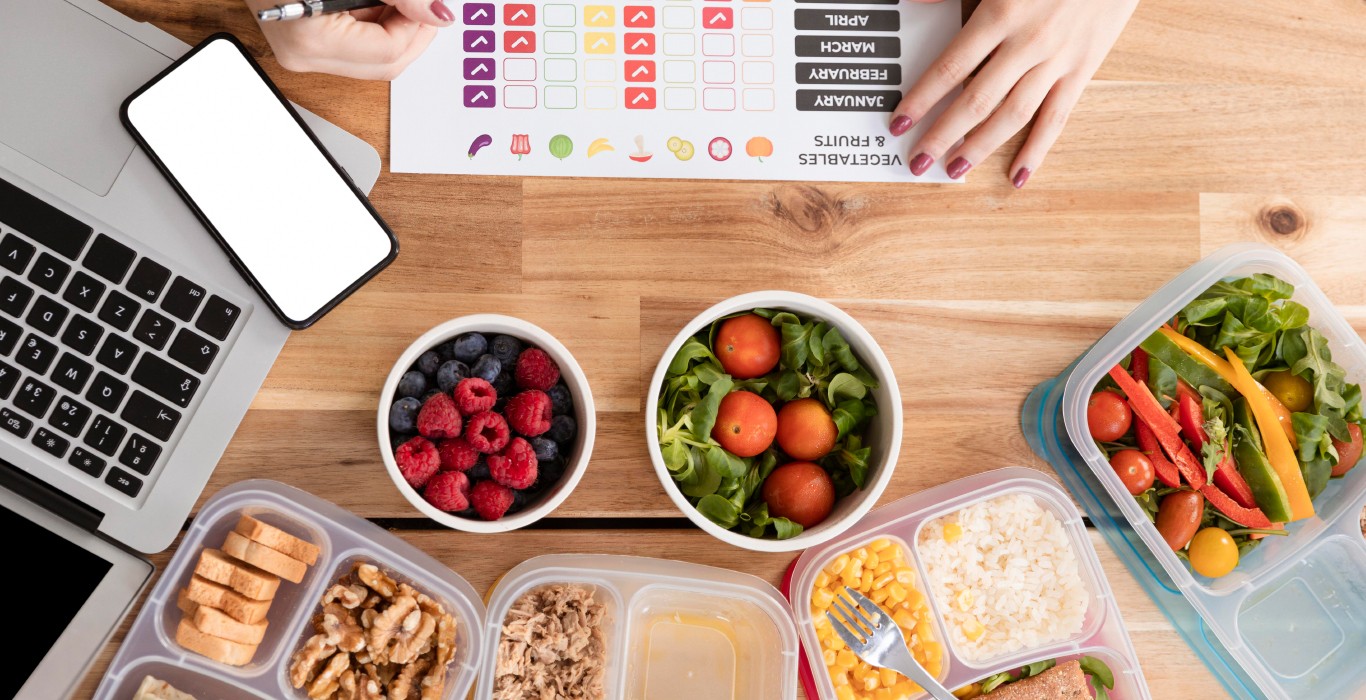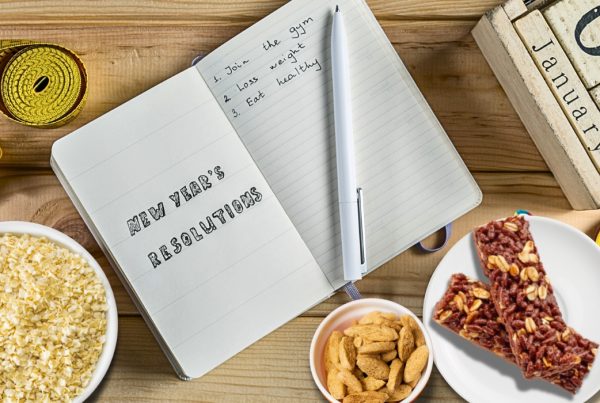It is often recommended that we should boost our fiber consumption for a healthy gut, to battle constipation, and for a desirable lifestyle. But what is dietary fiber and what is its role in keeping us healthy?
Dietary fiber is rightly called roughage or bulk. Our body can break down and absorb the components of food such as fats, proteins, and carbohydrates, however, it does not have the ability to digest fiber. Dietary fiber passes intact through the stomach, small intestine, and out of your body. We classify it as soluble, which dissolves in water, or insoluble, which doesn’t dissolve in water.
Benefits of having high-fiber food:
- Helps in bowel movements.
- Lowers the risk of developing hemorrhoids.
- Helps lower cholesterol.
- Helps to control blood sugar levels.
- Aids in weight loss.
- Helps in maintaining a healthy gut.
- Helps you feel satiated.
Your food choices for high fiber could be:
- Whole-grain products
- Fruits
- Vegetables
- Beans, peas, and other legumes
- Nuts and seeds
Food that you should avoid:
- Refined or processed foods like canned fruits and vegetables
- Pulp-free juices
- White bread
- Pasta, noodles
- Non-whole-grain cereals that are lower in fiber
Do you know that refining the grain strips off the outer coat (the bran) and lowers the fiber content? Refining the grain strips off their vitamin, including the germ and fiber-rich bran. Simple swaps with millets, amaranth, buckwheat, and oats can be helpful.
Want to fit in more dietary fiber in your daily meals? Here are some simple suggestions that you can incorporate in your daily life. These are perfect for Indian dietary needs:
- Start your day with high fiber breakfast:
- Include high fiber breakfast items like jowar flakes with nuts and fruits, bajra flakes chia pudding, jowar vegetable idli, and ragi idli with veggies, millets dosas, and porridge. Fiber helps you stay fuller for a longer time, keeping unwanted munching at bay.
- Substitute daily food:
- Swap refined flour and look for millet-based flours, whole wheat flour, brown rice, wild rice, barley, whole-wheat /millets-based breads, chickpea pasta/noodles, and bulgur wheat.
- Add legumes and beans:
- Beans, legumes, and lentils are high in fiber. Adding kidney beans to tikki, nachos, noodles, and pasta with lots of fresh veggies makes it fiber rich. Replacing chips and maida-based tortillas with whole-wheat or millet-based tortilla chips. Include boiled beans in salads or steamed beans curries.
- Servings of fruits and veggies:
- Including 5 servings of fiber-rich fruits and veggies daily. They are loaded with vitamins and minerals. Vegetables that you should include in your meal plans are bitter gourd, eggplant, collard greens, swiss chard, artichokes, potatoes, Brussels sprout, beetroot, broccoli and calciferous veggies. Fruits that you should eat regularly are pears, apples, berries, avocados, bananas, and carrots.
- Include oats in meals:
- Oats are high in fiber. They contain a soluble fiber called beta-glucan. You can make oats by soaking them overnight and making porridge, oats khichdi, upma, roti, paratha, etc. Paring oats with veggies and fruit makes it more nutritious and filling.
- Quinoa:
- It is a pseudo-cereal. It has become incredibly popular these days and is loaded with nutrients, fiber, minerals, and protein. A buddha bowl with quinoa, veggies, and nuts is super delicious and filling.
- Chia seeds:
- Most fiber-rich seeds swell up and double up once soaked. Rich in fiber, protein, and minerals, chia seeds are easy to consume and can be added to many things like juices, salad, smoothies, or while baking.
Summary:
Include fiber-rich food in your daily diet to stay away from hemorrhoids, fissures, or constipation, and experience ease in digestion, healthy gut, and easy weight loss.
Try to increase water intake too. A word of caution, suddenly adding fiber to the diet, can cause digestive disorders and discomfort. Make sure to slowly and gradually add fiber for easy digestion. Include vegetables and millet in casseroles and stews; add nuts and seeds to the breakfast cereals. You can replace wheat roti with fiber-rich millet roti to introduce high fiber gradually in your diet and conveniently making the shift to a high-fiber diet plan.







